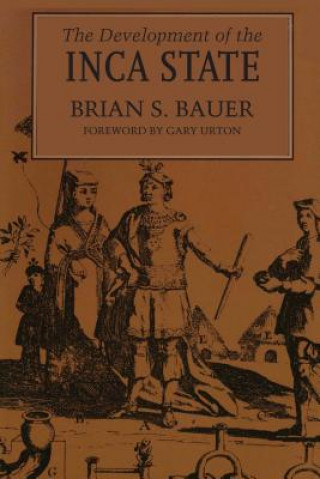
Code: 04872508
The Development of the Inca State
by Brian S. Bauer
The Inca empire was the largest state in the Americas at the time of the Spanish invasion in 1532. From its political center in the Cuzco Valley, it controlled much of the area included in the modern nations of Ecuador, Peru, Chil ... more
- Language:
 English
English - Binding: Paperback
- Number of pages: 203
Publisher: University of Texas Press, 1996
- More about this

You might also like
-

T'Choupi
9.44 € -

Sexual Nature/Sexual Culture
59.67 € -

Globalization, Utopia and Postcolonial Science Fiction
71.07 € -

Money in Their Own Name
45.29 € -9 % -
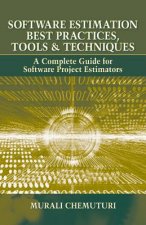
Software Estimation Best Practices, Tools, & Techniques
79.08 € -
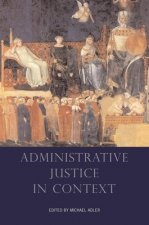
Administrative Justice in Context
208.10 € -

Aleksandr Pushkin's 'The Tales of Belkin'
70.35 €
Give this book as a present today
- Order book and choose Gift Order.
- We will send you book gift voucher at once. You can give it out to anyone.
- Book will be send to donee, nothing more to care about.
More about The Development of the Inca State
You get 65 loyalty points
 Book synopsis
Book synopsis
The Inca empire was the largest state in the Americas at the time of the Spanish invasion in 1532. From its political center in the Cuzco Valley, it controlled much of the area included in the modern nations of Ecuador, Peru, Chile, and Bolivia. But how the Inca state became a major pan-Andean power is less certain. In this innovative work, Brian S. Bauer challenges traditional views of Inca state development and offers a new interpretation supported by archaeological, historical, and ethnographic evidence. Spanish chroniclers of the sixteenth and seventeenth centuries attributed the rapid rise of Inca power to a decisive military victory over the Chanca, their traditional rivals, by Pachacuti Inca Yupanqui. By contrast, Bauer questions the usefulness of literal interpretations of the Spanish chronicles and provides instead a regional perspective on the question of state development. He suggests that incipient state growth in the Cuzco region was marked by the gradual consolidation and centralization of political authority in Cuzco, rather than resulting from a single military victory. Synthesizing regional surveys with excavation, historic, and ethnographic data, and investigating broad categories of social and economic organization, he shifts the focus away from legendary accounts and analyzes more general processes of political, economic, and social change. The Inca empire was the largest state in the Americas at the time of the Spanish invasion in 1532. From its political center in the Cuzco Valley, it controlled much of the area included in the modern nations of Ecuador, Peru, Chile, and Bolivia. But how the Inca state became a major pan-Andean power is less certain. In this innovative work, Brian S. Bauer challenges traditional views of Inca state development and offers a new interpretation supported by archaeological, historical, and ethnographic evidence. Spanish chroniclers of the sixteenth and seventeenth centuries attributed the rapid rise of Inca power to a decisive military victory over the Chanca, their traditional rivals, by Pachacuti Inca Yupanqui. By contrast, Bauer questions the usefulness of literal interpretations of the Spanish chronicles and provides instead a regional perspective on the question of state development. He suggests that incipient state growth in the Cuzco region was marked by the gradual consolidation and centralization of political authority in Cuzco, rather than resulting from a single military victory. Synthesizing regional surveys with excavation, historic, and ethnographic data, and investigating broad categories of social and economic organization, he shifts the focus away from legendary accounts and analyzes more general processes of political, economic, and social change.
 Book details
Book details
Book category Knihy po anglicky Humanities Archaeology
26.18 €
- Full title: The Development of the Inca State
- Author: Brian S. Bauer
- Language:
 English
English - Binding: Paperback
- Number of pages: 203
- EAN: 9780292708488
- ISBN: 0292708483
- ID: 04872508
- Publisher: University of Texas Press
- Weight: 332 g
- Dimensions: 230 × 154 × 319 mm
- Date of publishing: 01. June 1996
Trending among others
-

Istanbul
14.06 € -29 % -

Bog Bodies Uncovered
24.44 € -22 % -

Archaeology: The Whole Story
30.19 € -15 % -
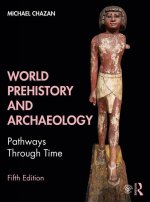
World Prehistory and Archaeology
114.52 € -5 % -

Faunal Extinction in an Island Society
189.71 € -
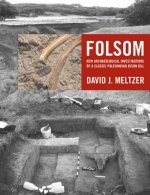
Folsom
105.89 € -
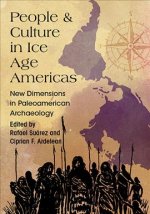
People and Culture in Ice Age Americas
83.09 € -

Facts on the Ground
43.44 € -

Fundamentals of Tree Ring Research
55.25 € -

Bigger Than History
14.99 € -20 % -
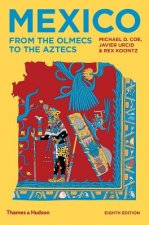
Mexico
19.61 € -28 % -

Oxford Handbook of Archaeological Ceramic Analysis
55.05 € -

Ancient Treasures
17.25 € -18 % -

Abusir
42.62 € -17 % -
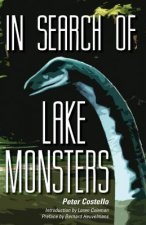
In Search of Lake Monsters
24.95 € -

In Small Things Forgotten
14.68 € -24 % -

Flint Knapping
18.27 € -15 % -
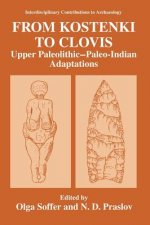
From Kostenki to Clovis
167.32 € -1 % -

Magical House Protection
29.16 € -6 % -
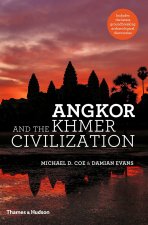
Angkor and the Khmer Civilization
26.90 € -22 % -

Hunter-Gatherer Economy in Prehistory
39.23 € -

Ancient Roman Gardens
32.24 € -9 % -
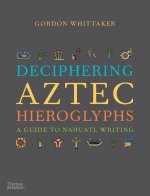
Deciphering Aztec Hieroglyphs
29.57 € -17 % -

Great Archaeologists
13.04 € -21 % -

Archaeology
57 € -
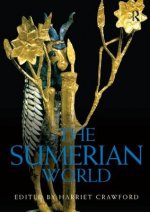
Sumerian World
62.24 € -4 % -

Prehistoric Life - Evolution and the Fossil Record
117.30 € -

Digging for Hitler
29.26 € -18 % -

Tarim Mummies
23.62 € -
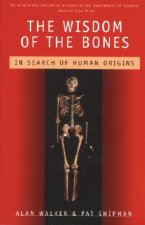
The Wisdom of the Bones: In Search of Human Origins
19.20 € -

Protecting the Body in War and Combat
62.75 € -
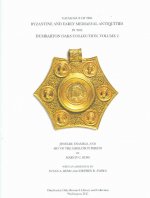
Catalogue of the Byzantine and Early Mediaeval A - With an Addendum Jewelry, Enamels and Art of the Migration V 2
149.86 € -
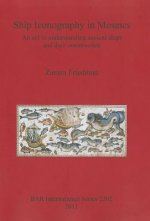
Ship Iconography in Mosaics
98.91 € -

Ancient Burial Patterns of the Moche Valley, Peru
69.12 € -
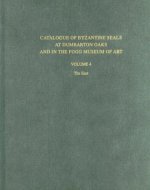
Catalogue of Byzantine Seals at Dumbarton Oaks and in the Fogg Museum of Art, 4: The East
56.90 € -

Three Stones Make a Wall
18.68 € -8 % -
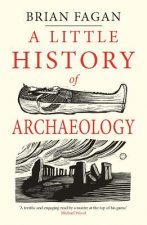
Little History of Archaeology
12.83 € -21 % -
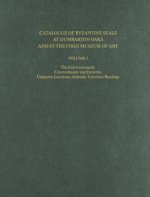
Catalogue of Byzantine Seals at Dumbarton Oaks a - Constantinople and Environs, Unknown Locations, Addenda, Uncertain Readings
56.90 € -

Master Plan
15.50 € -28 % -
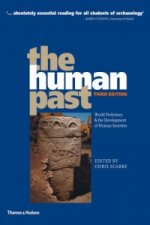
Human Past
77.85 € -
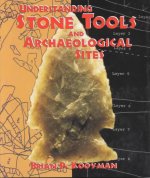
Understanding Stone Tools
43.13 € -

Field Archaeologist's Survival Guide
51.04 € -4 % -

Women in Prehistory
28.65 € -

Archaeologist's Manual for Conservation
68.09 € -
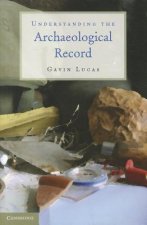
Understanding the Archaeological Record
39.13 € -

Student Guide to Archaeological Analyses
94.08 € -
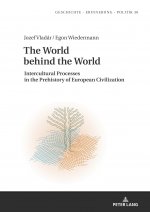
World behind the World
63.68 € -
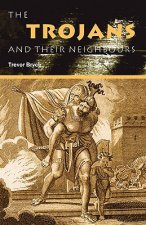
Trojans & Their Neighbours
60.18 € -

Children, Death and Burial
55.87 € -1 %
Osobný odber Bratislava a 2642 dalších
Copyright ©2008-24 najlacnejsie-knihy.sk Všetky práva vyhradenéSúkromieCookies



 21 miliónov titulov
21 miliónov titulov Vrátenie do mesiaca
Vrátenie do mesiaca 02/210 210 99 (8-15.30h)
02/210 210 99 (8-15.30h)